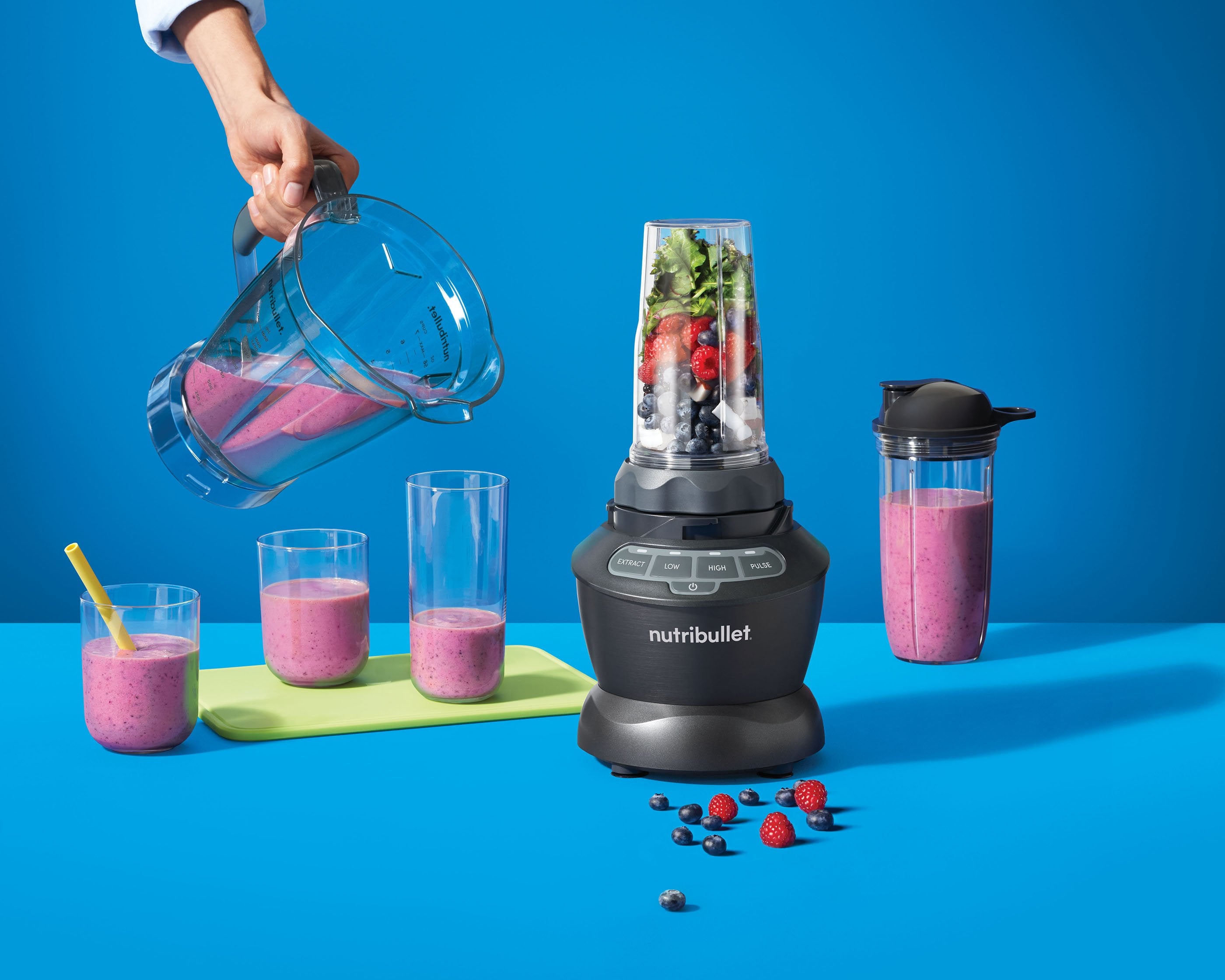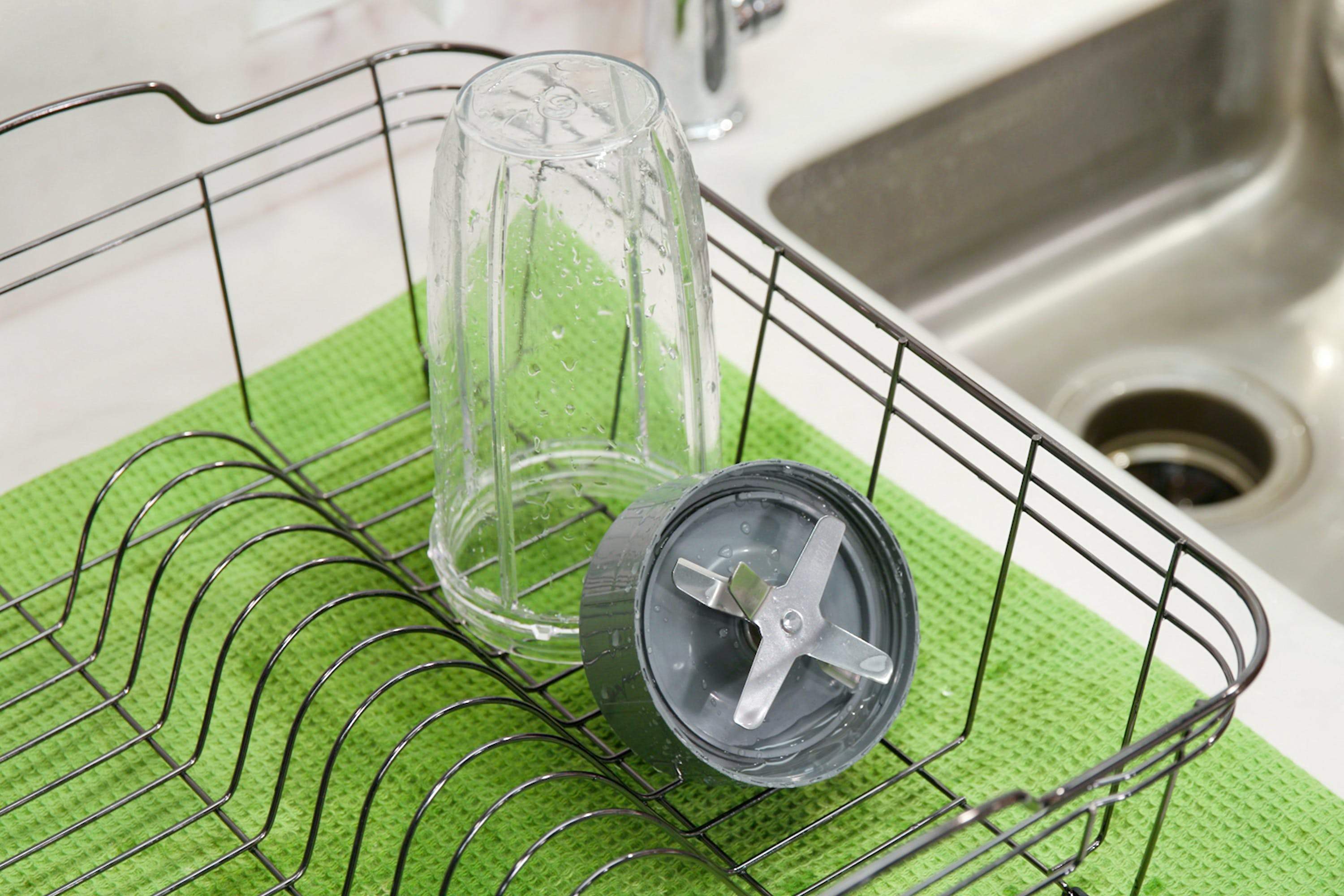The concept of working remotely certainly isn’t new. According to Gallup’s 2013 State of the American Workplace report – at a time long before social distancing became mandatory – 43 percent of American workers worked off-site at least part of the time.
Working from home does come with some perks. The “commute” to your home office is short, you can wear loungewear all day, and you can enjoy snuggles from your pet 24/7. A 2-year study out of Stanford also showed that working from home is actually more productive – equivalent to an extra day per person per week – demonstrating that it comes with perks for employers, too.
But, that’s not to say that working from home doesn’t have its downsides. It can feel isolating or offer a whole new onslaught of distractions, especially if kids are at home now, too.
Below, we’ve rounded up some of the practices our team has implemented as we’ve made this transition from our buzzing, collaborative office to our various at-home work environments.
How to Create a Healthy Work Environment at Home
- Set the tone with your mornings. Without a morning commute or set business hours, it may be tempting to sit in front of the computer immediately after waking up. For some, it may be difficult to muster the motivation to sit in front of your computer at all. Your morning routine doesn’t have to be a long, drawn-out process; simply get into the habit of a small routine when you wake up that sets a positive tone for the rest of the workday.
- Make a schedule. Even with the at-home workplace situation being so different for everyone, it’s helpful to make a flexible schedule so you, your family members, and co-workers have an idea of what to expect each day. This may involve making a game plan for at-home child care with your partner, planning your work around kids’ naps or bedtimes, or simply setting healthy parameters on daily work hours and breaks so you’re not overextended by the end of each day.
- Own your work style. When working remotely, you may discover that you’re most productive in the middle of the night or on weekends when your inbox isn’t being inundated. Finding what works for you – within the parameters and expectations of your employer – is really where the benefit of working from home pays off.
- Change your clothes. We totally hear you on the unwavering love you may have for your pajama pants. Still, changing out of your pajamas to other comfy clothes is a small action that makes a big impact on how you feel.
- Take a lunch break. Give your mind a much-needed break and your food the attention it deserves by scheduling a lunch break for yourself each and every day. According to a recent survey conducted by Tork, nearly 90 percent of North American employees reported that taking a daily lunch break is linked with overall job satisfaction.
- Find a separate space. It can be a small desk in the corner of your living room, your dining room table, or your own home office. But treat your bedroom like a bedroom. Since your sleep is so important, anything that can disturb it – such as associating work with your bed – isn’t a great habit to get into.
- Unplug. At the end of your workday, close your computer, turn off your phone, and do something that helps your mind shift gears from work life to home life. It could mean making dinner, playing a board game with your kids, going for a walk around the block, or taking 15 minutes to meditate. If you’re able to be kind to yourself at the end of the workday, you’ll be more motivated to give work your best effort again tomorrow morning.
Nutritional information
Recipe: Creamy Green Strawberry Dream Serving in this recipe:1
- Calories: 236.6
- Total Fat: 3.6 g 5.5%
- Saturated Fat: 0.4 g 1.9%
- Cholesterol: 0 mg 0%
- Sodium: 358.7 mg 14.9%
- Total Carbs: 45.7 g 15.2%
- Dietary Fiber: 9.9 g 39.4%
- Sugar: 22.1 g
- Protein: 8.1 g 16.2%
- Vitamin A: 481.9% Vitamin C: 244.1%
- Calcium: 68.5% Iron: 26.1%
* Percent Daily Values are based on a 2,000 calorie diet. Your daily values may be higher or lower depending on your calorie needs.





















